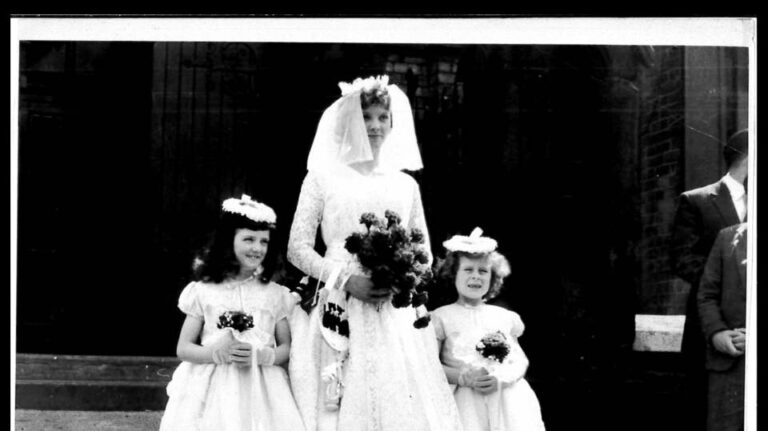Watch the short film below to learn about the decline of Newman Brothers
From the 1960s onwards
The product range was significantly reduced from the 1960s onwards, this coincides with the general downturn of the trade and the rise of cremation. Why? Quite simply because new regulations around cremation from 1967 onwards demanded that all coffin fittings should be combustible, which meant plastic had to be used 50% of all funerals in the 1960s ended in a cremation, with the remaining 50% being burials.
Newman brothers therefore had to mainly target the burial market. They did, however, attempt to diversify by having their most popular products made in plastic, but the mark-up just couldn’t compete with their metal range. This, combined with changing attitudes towards death and society’s reluctance to embrace it as the Victorians had once done, meant that the market for extravagant metal furniture and the expense of the funeral itself were in decline. By the 1960s, Newman Brothers were only one of three coffin furniture manufacturers left in Birmingham. By 1998, they were the last.
360° View of a Newman Bros. Ledger

Use the play button to rotate the object automatically, or alternatively you can drag the item with the mouse or your finger to move it around.

Why the Jewellery Quarter?
Many people wonder why Newman Brothers chose the edge of the Jewellery Quarter to set up their new business in coffin furniture. Although Birmingham was the centre of the production of coffin furniture, it was still a relatively small trade in comparison to some of the city’s other industries in the 19th century.
The production of jewellery, trinkets and ‘toys’ were by far bigger business and more concentrated in this area, but crucially they had a few things in common which made this area key; the skills, materials, machinery and processes were virtually identical. It was just the end usage that separated them. It made perfect sense for Newman Brothers to position themselves on Fleet Street and take advantage of this fact.














